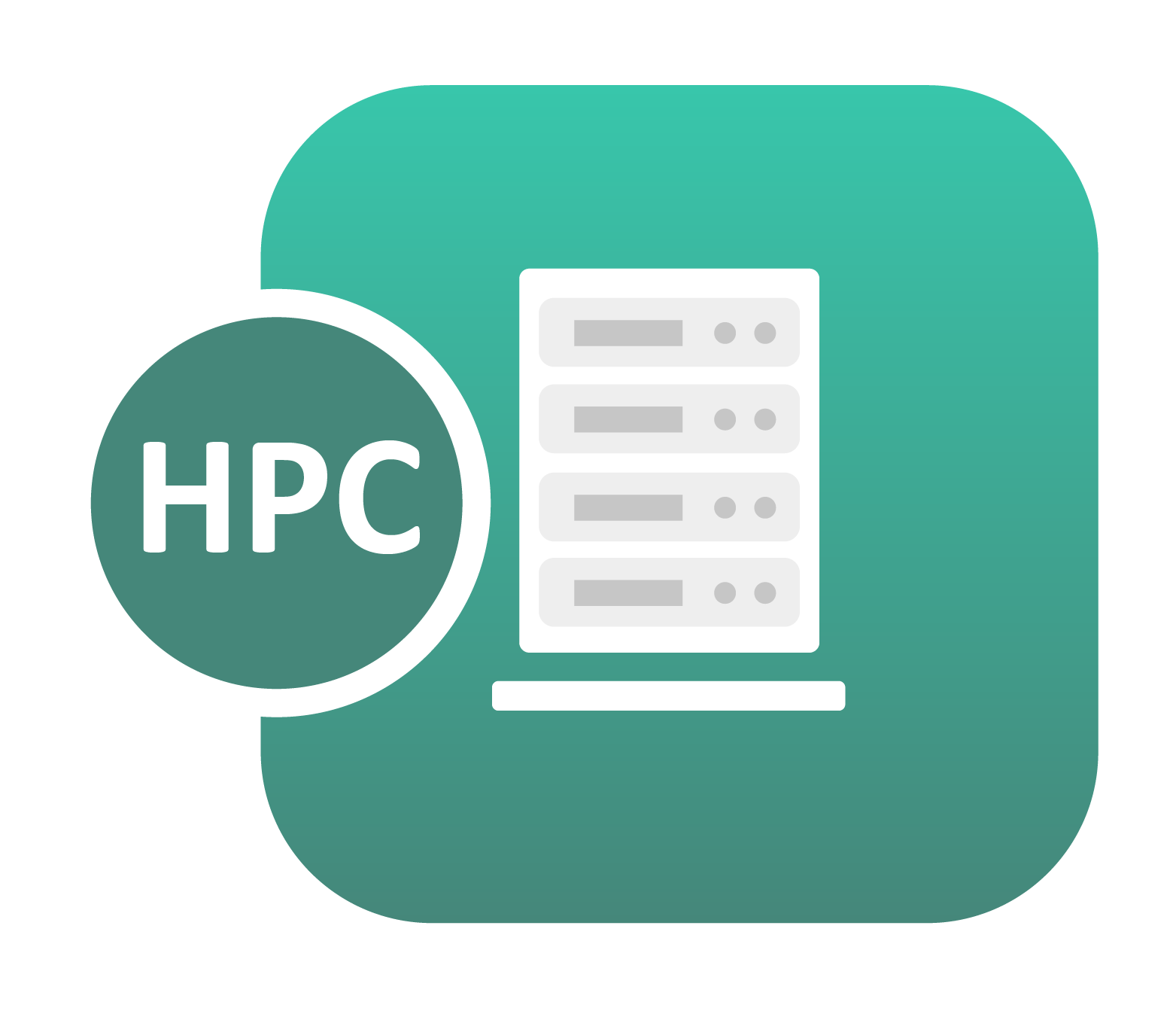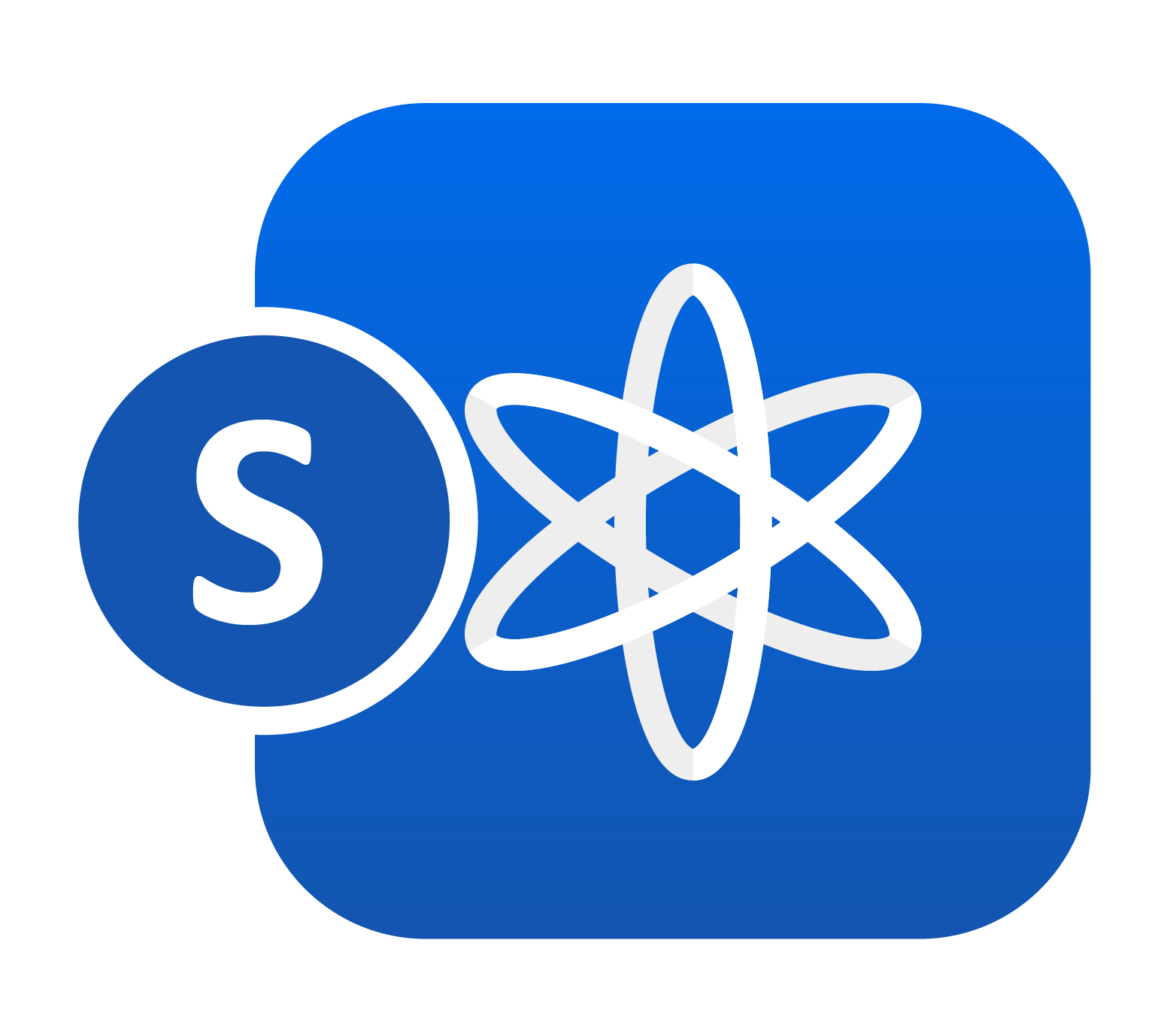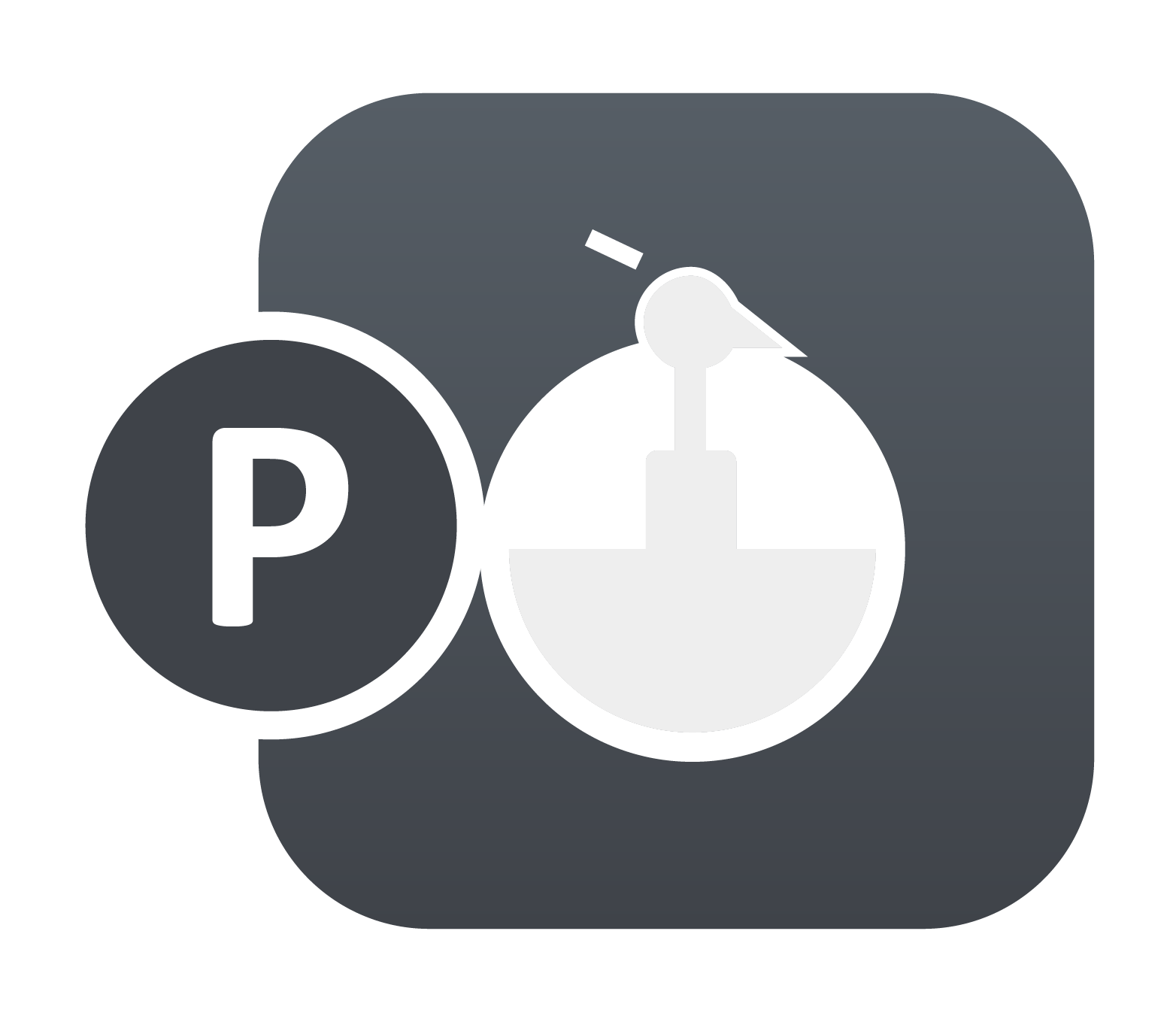Number of Shell History Variables in *INTERFACE_SPRINGBACK
*INTERFACE_SPRINGBACK provides an easy way to store a part’s state at the end of a simulation for later use. The part’s state consists of element history variables such as stress and strain tensor (in the form of *INITIAL_STRESS/*INITIAL_STRAIN) and also nodal values such as its final coordinates (*NODE). Optionally, when using the THICKNESS option, it…












